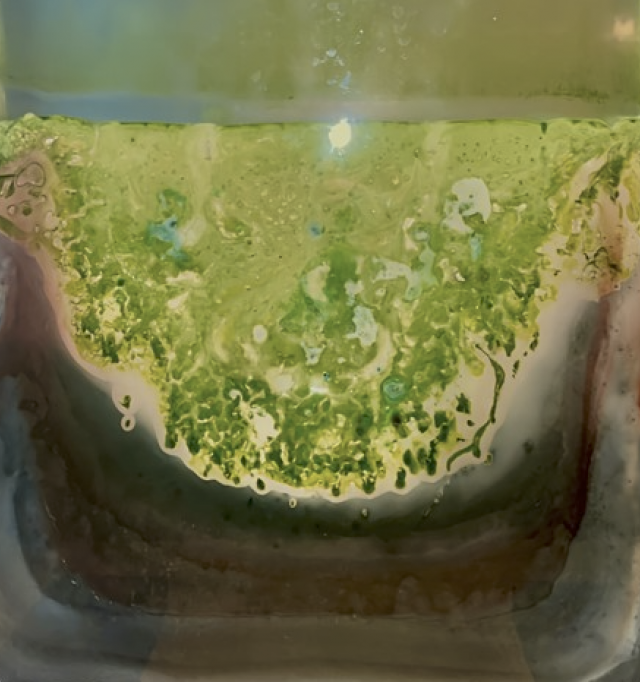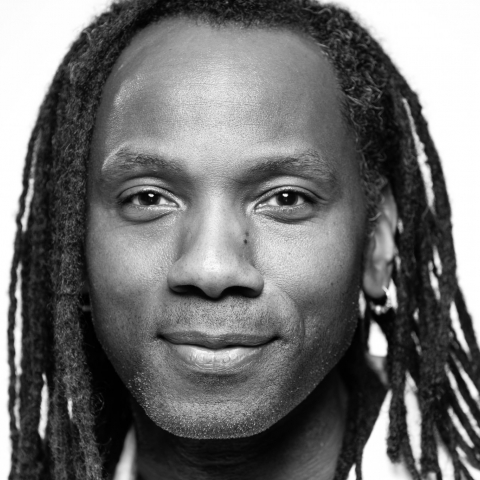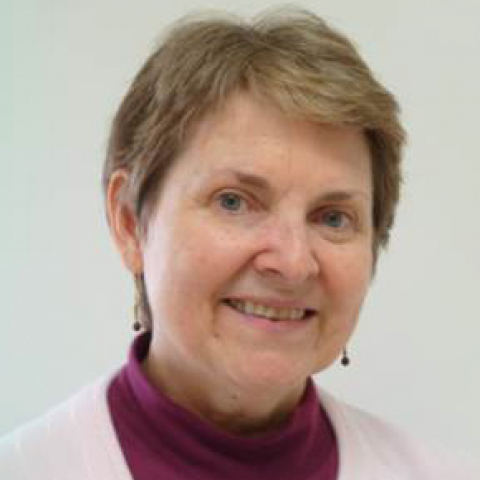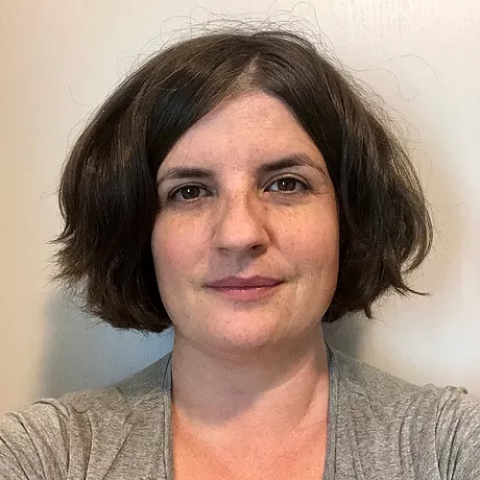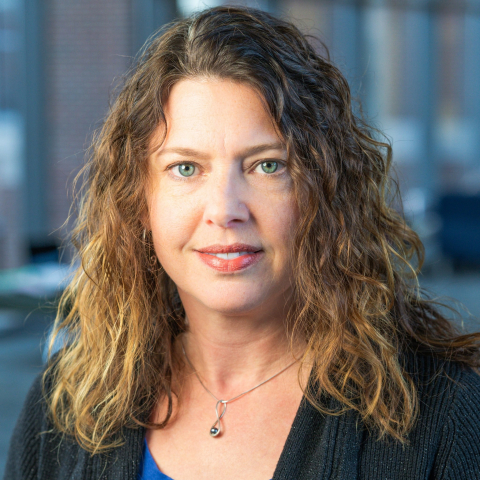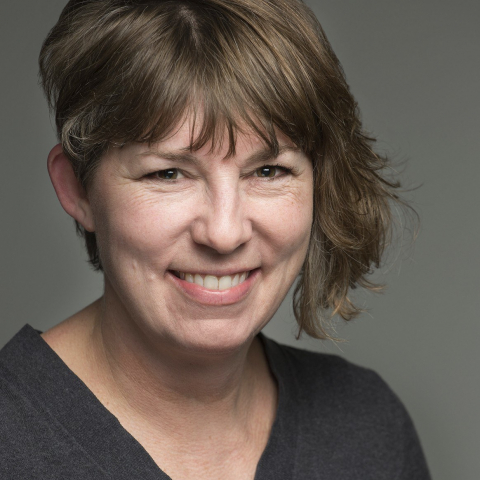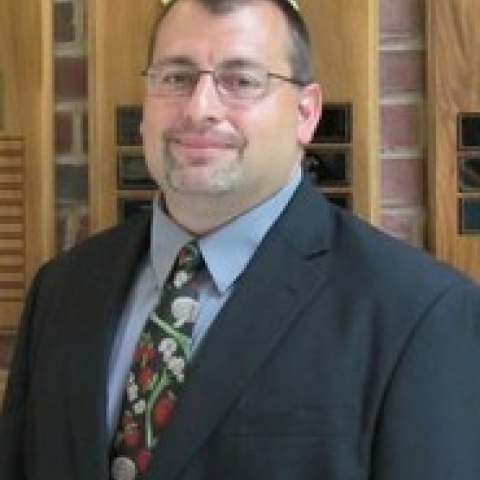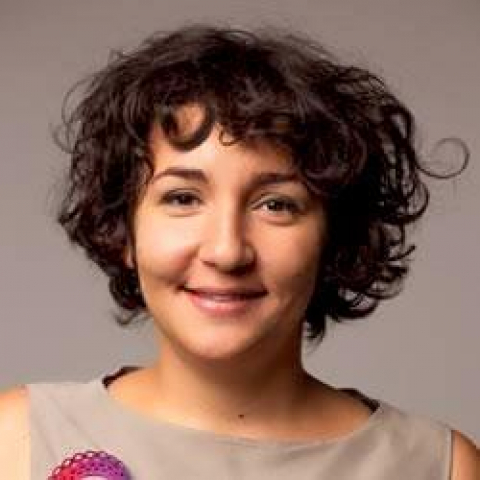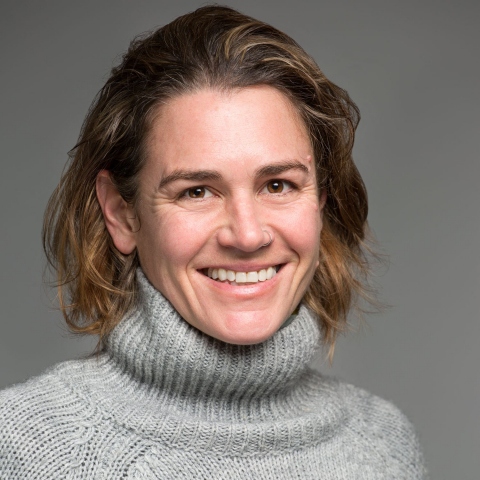Microbiome Art
The One Health Microbiome Center is pioneering an innovative collaboration with diverse artists and art and design students to create compelling SciArt, exploring the dynamic intersections of scientific research and artistic expression. This initiative bridges disciplines, leveraging the power of visual storytelling, graphic design, and sustainable materials to communicate complex microbiome science in accessible and imaginative ways. By integrating the precision of science with the creativity of art, the center underscores the importance of synergies that foster fresh perspectives, inspire innovation, and enrich both fields.
Recent Microbial Art Collaborations
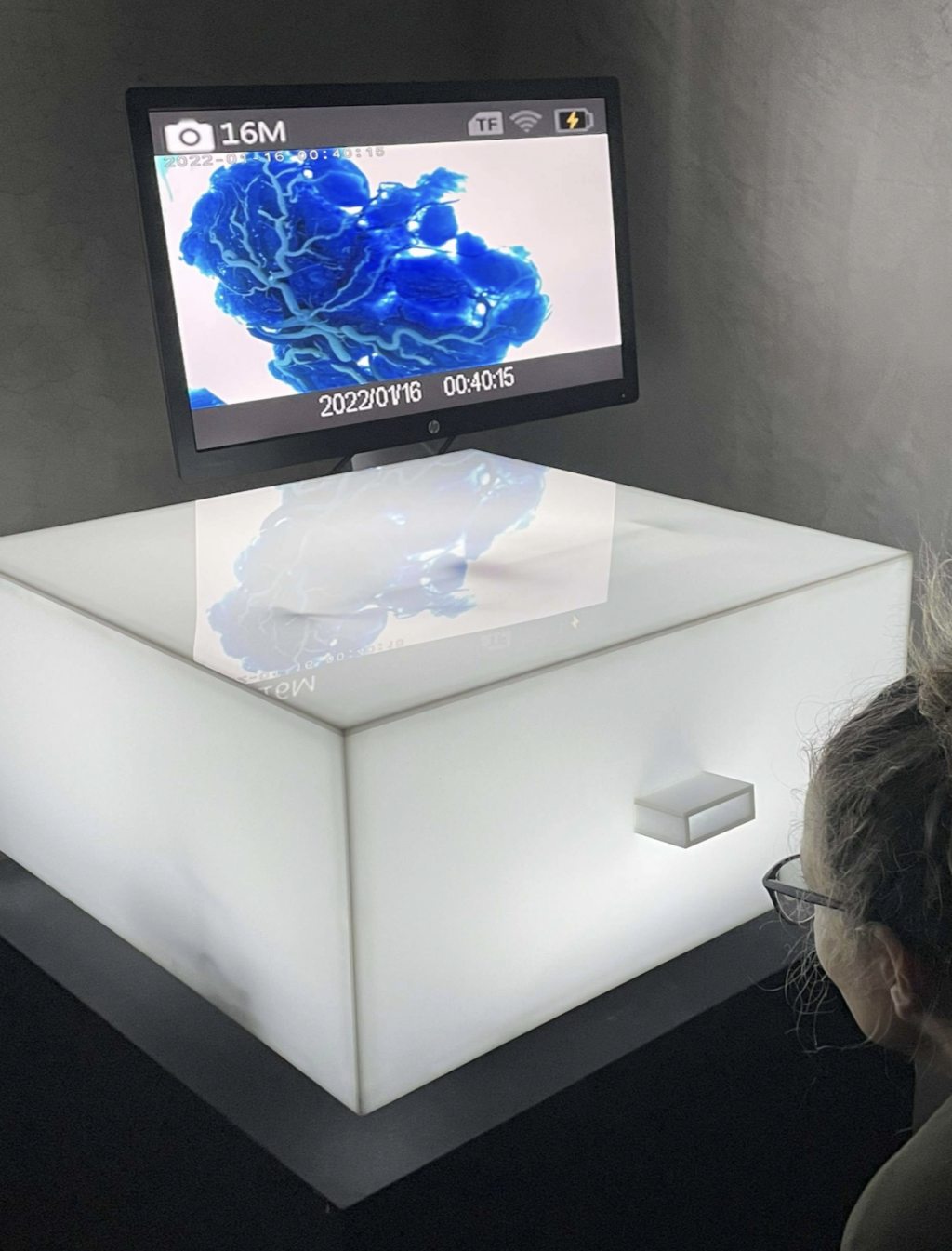
Placen-Tech, 2024
Ex-Utero Collective (Cristin Millett, Cynthia White, and Ionat Zurr)
Interactive mixed media acrylic sculpture with live feed of a corrosion cast placenta
"Ex-Utero" is an artistic and scientific inquiry into the future of human reproduction and probes the biological and sociopolitical possibilities of ectogenesis, the development of the embryo outside the uterus. In consultation with microbiologist Maria Gloria Dominguez-Bello, we are currently considering the implications of the absence of a microbiome for neonates “born” from an artificial womb. This scenario would be much like that of a cesarian birth in which the baby is not introduced to critical vaginal microbiota during birth. Known to play a critical role in establishing the baby’s own gut microbiome and potentially impacting the development of a healthy immune system, today, cesarian birthed babies can be re-seeded with their maternal vaginal microbiota. In ectogenesis, with synthetic wombs and mechanical placentas how would we culture and colonize neonates with beneficial microbes?
Project collaborators: Cristin Millett, Cynthia White, Ionat Zurr, Dan Hayes, Thomas Neuberger, Tim Ryan and Jonas Rubenson.
Project consultants: Center for Reproductive Biology and Health, Alison Gernand, Jamie Heilman, David Marie, OriginLabs, Maria Gloria Dominguez-Bello.
Project support from the Huck Institutes of Life Science, the College of Arts and Architecture, SymbioticA (Perth), and the Australian-American Fulbright Commission.

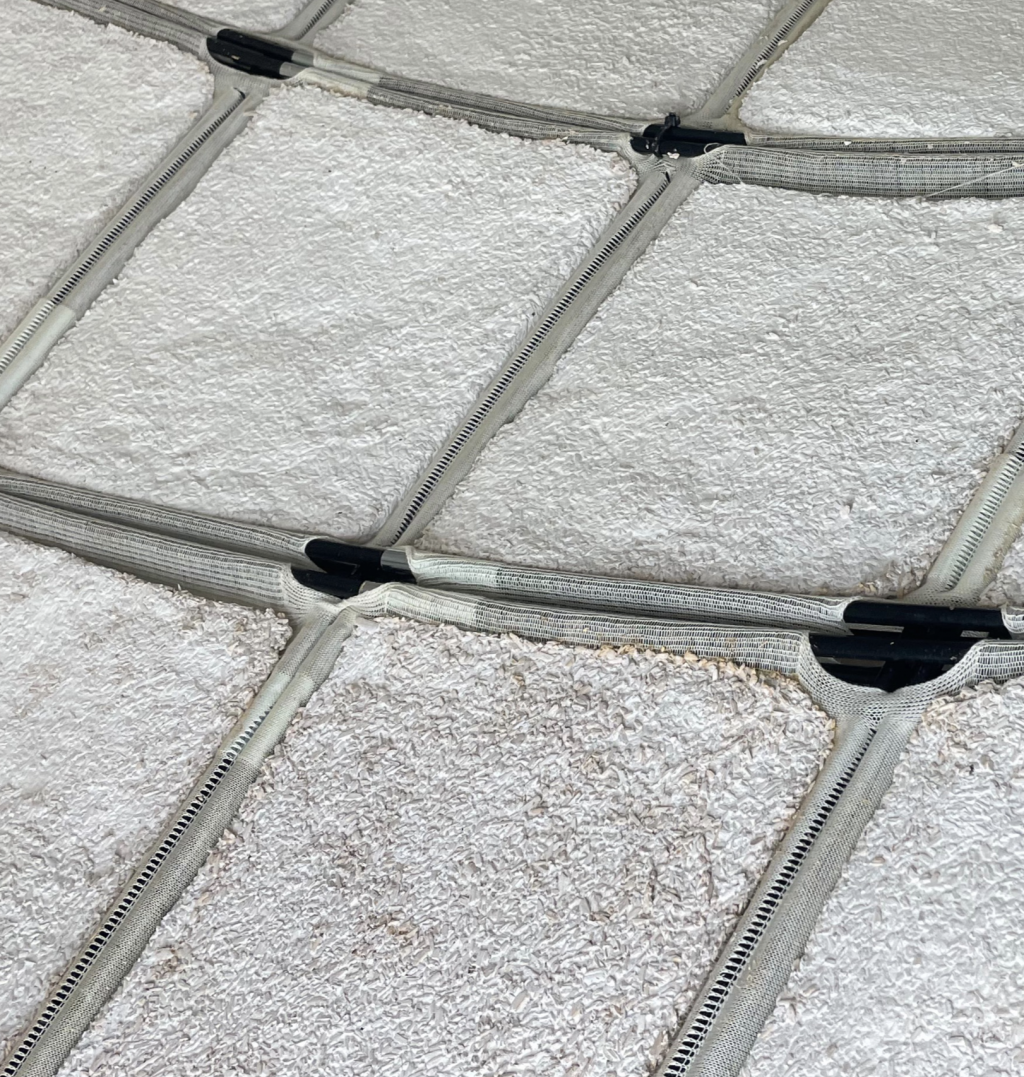
MycoKnit: Cultivating Mycelium-based Composites on Knitted Textiles for Large-Scale Biodegradable Architectural Structures, 2023
Benay Gürsoy and Felecia Davis
Led by co-PIs Felecia Davis and Benay Gürsoy, the project explores using mycelium-based and knitted textiles to form a sustainable building material. The creation of “MycoKnit” as a concept began through a collaboration between Davis’ SOFTLAB and Gürsoy’s ForMat Lab to create a lightweight material for biodegradable architectural structures.
Project Team: Pennsylvania State University, Department of Architecture , Paniz Farrokhsiar, Parachi Masown, Alale Mohseni; Material Science and Engineering, Katy Gerace, PhD; Department of Plant Pathology and Environmental Microbiology, John Pecchia, PhD; Texas Tech University, Huckabee College of Architecture, Ali Ghazvinian, PhD, Tahmures Ghiyasi, Louisiana State University, College of Art and Design, Farzaneh Oghazian, PhD; North Carolina State University, Wilson College of Textiles, Andre West, PhD, Jenna DeCandio
Developed with funds from The SOM Foundation Research Prize 2021 and support from The Stuckeman Center for Design Computing
photo credit: Benay Gürsoy

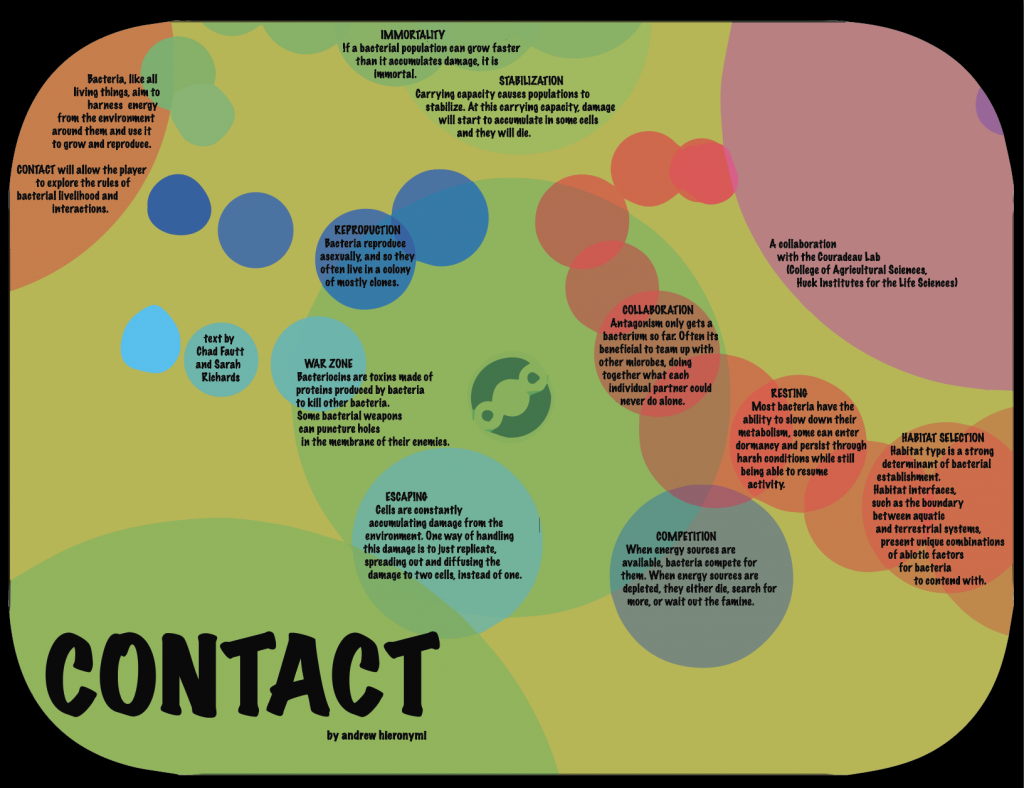
CONTACT, 2024
Andrew Hieronymi
CONTACT is an installation game about motion, interaction, perception,
and the aesthetic sensation of coordinated skill. The game has evolved into a collaboration with OHMC's Estelle Couradeau and Chad Fautt, who are exploring ways to adapt the gaming experience to emulate bacterial community behavior and explore the patience required to view microbes under a microscope.
Input device design and production: Tom Lauerman, Sound design: Woohun Joo, Sensor enclosure: Mark Risso
CONTACT was made possible by a grant from the College of Arts and Architecture at Penn State University
Made with Processing and Arduino

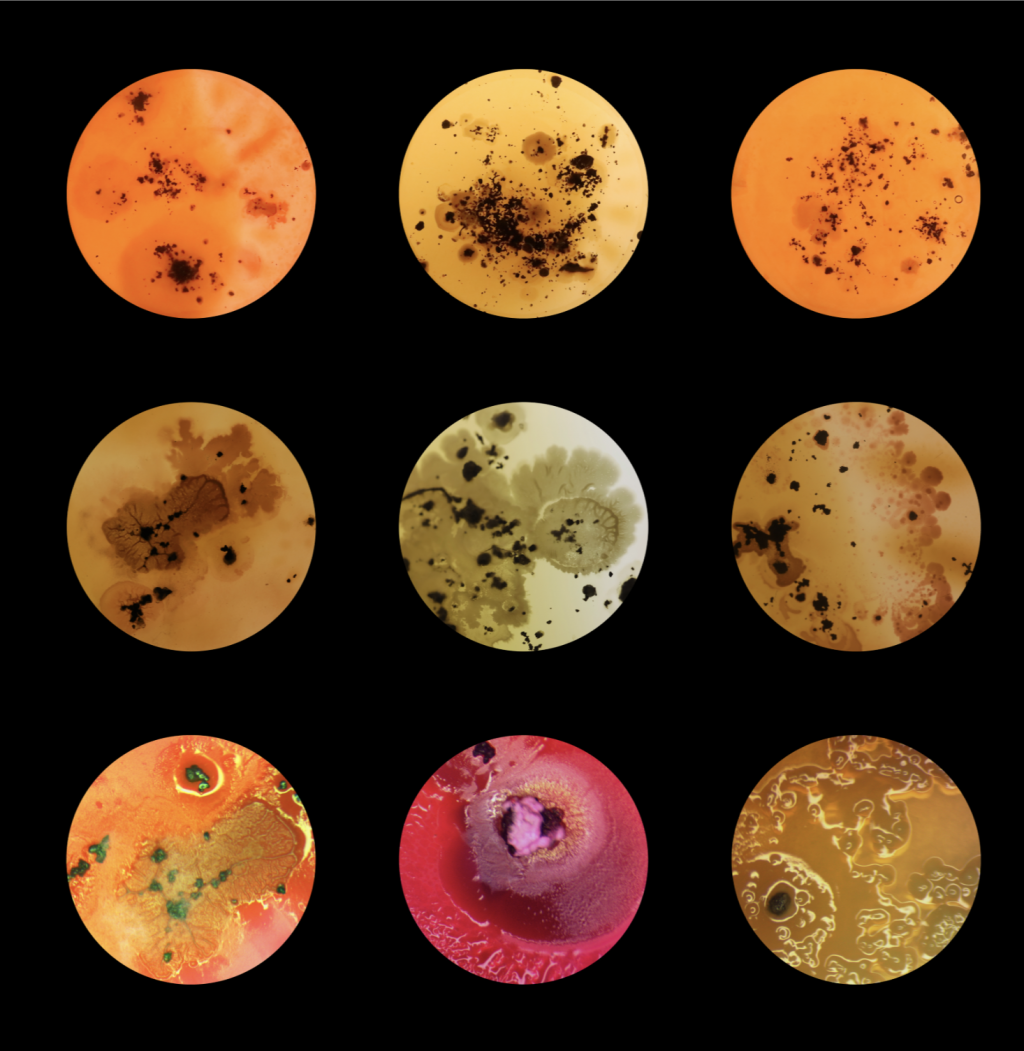
Soil Samples, 2022
Pep Avilés, Laia Celma, Cynthia White and Mary Ann Bruns
This artwork is from a larger body of work called Sentinel Lands: The Geospace of Mine fires, 2022 which explores the long-term spatial and ecological consequences of extraction economies and their impact on climate change and the built environment. The project was site specific to Centralia, PA where a devastating mine fire changed the course of a community and the local ecology where the fire still burns. This photographic series explores the growth of microbial communities in soil samples from bore holes in Centralia, PA. Sentinel Lands was exhibited in 2022 at the Penn State Stuckeman School’s Rouse Gallery as part of the school’s Lecture and Exhibit Series.
Collaborator and consultant: Mary Ann Bruns, Professor of Soil Microbiology and Biogeochemistry

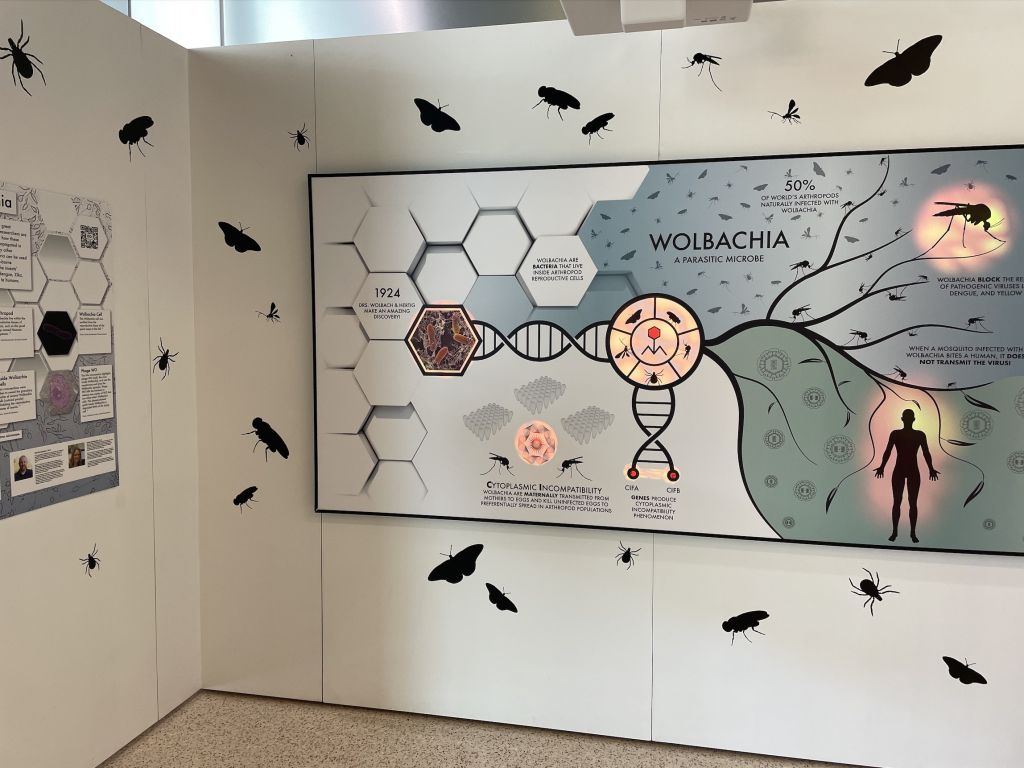
Wolbachia Wall, 2024
Daryl Branford, Talley Fisher, Seth Bordenstein, Sarah Bordenstein
The Wolbachia Wall is an interactive installation allowing hands-on exploration of different topics relating to the endosymbiotic bacteria, Wolbachia pipientis, including the mechanisms of its use for mosquito-borne disease control. The installation encourages viewers to touch different areas on the wall to learn about topics that interest them. It is currently displayed in the 1st floor lobby of the Millenium Science Complex.

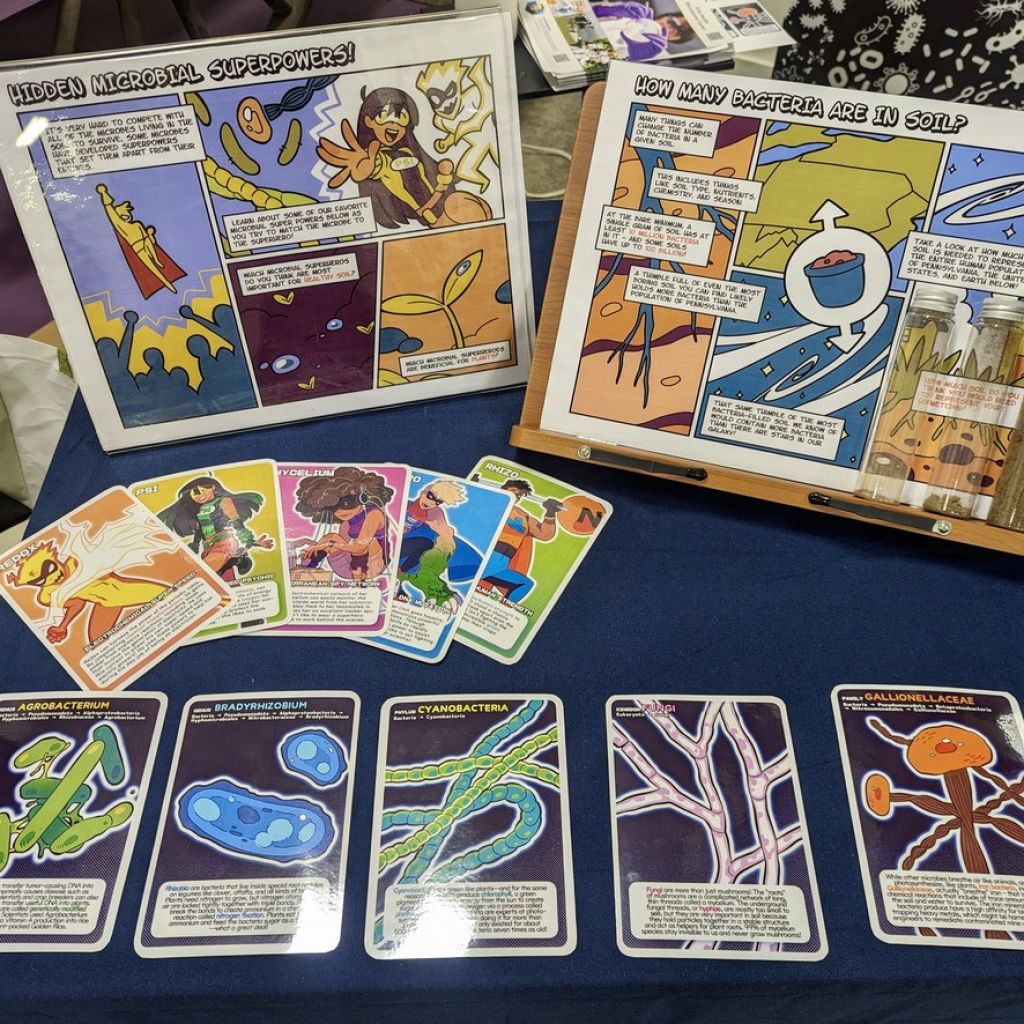
Macrobes for Microbes Outreach Art
Macrobes for Microbes at Penn State is a student-led outreach organization for the microbial sciences. They are currently working on several art projects used as educational outreach tools to inform and inspire others about the fascinating world of microbes. For example, they created infographics in a comic-book format on topics like soil microbes, as well as a set of superhero trading cards for different microorganisms. The group also utilizes Winogradsky columns as a teaching tool to demonstrate ecological interactions between microbes in soil.
Visit this page to learn more about clubs associated with the One Health Microbiome Center.
Articles
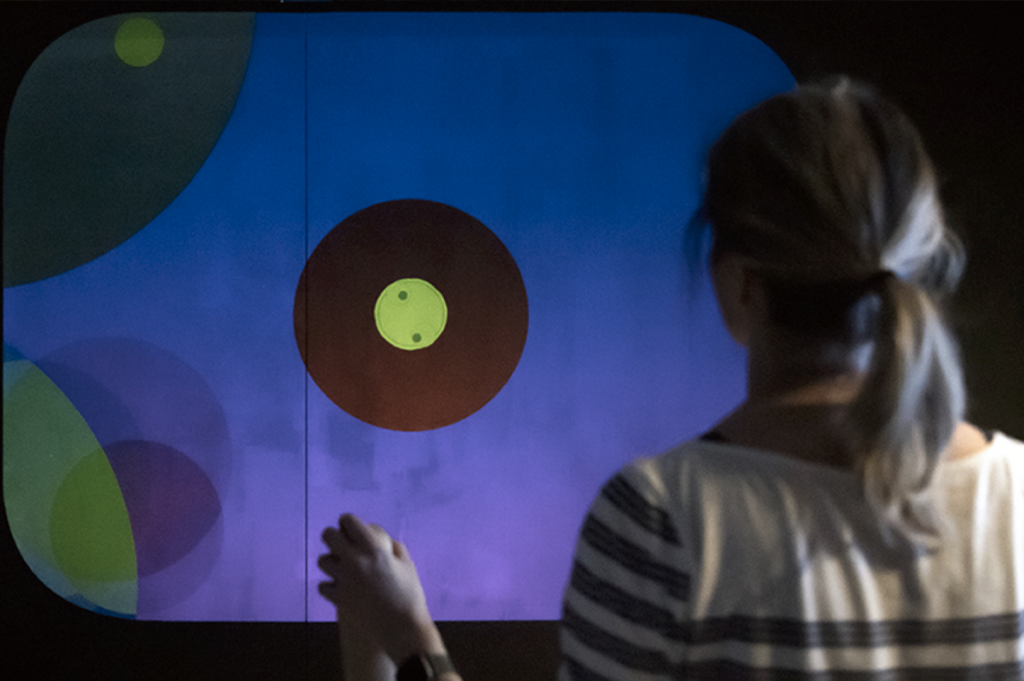
Video game lets players explore bacteria communities
Penn State News: Arts and Architecture
A
user plays "CONTACT" a video game that allows players to experience and
learn about bacteria communities as if they were looking into a
microscope. Continue Reading...
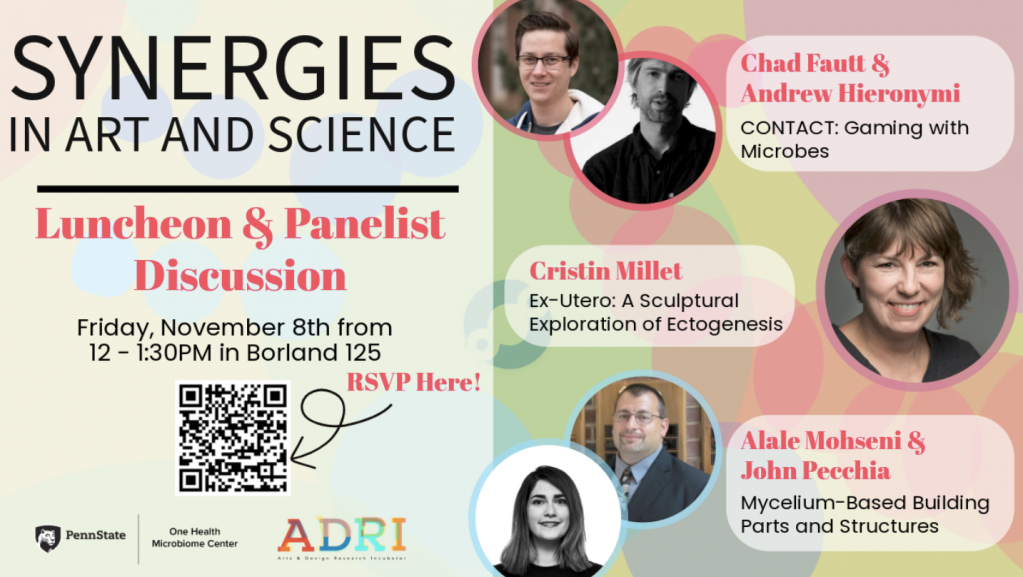
Panel discussion to highlight art and science collaborations
Penn State News: Arts and Architecture
Faculty and postdoctoral scholars exhibiting their work in the “Synergies in Art and Science” exhibition at the Borland Project Space (BPS) will participate in a panel discussion, open to the public, on Friday, Nov. 8, noon–1:30 p.m., in the BPS, 125 Borland.
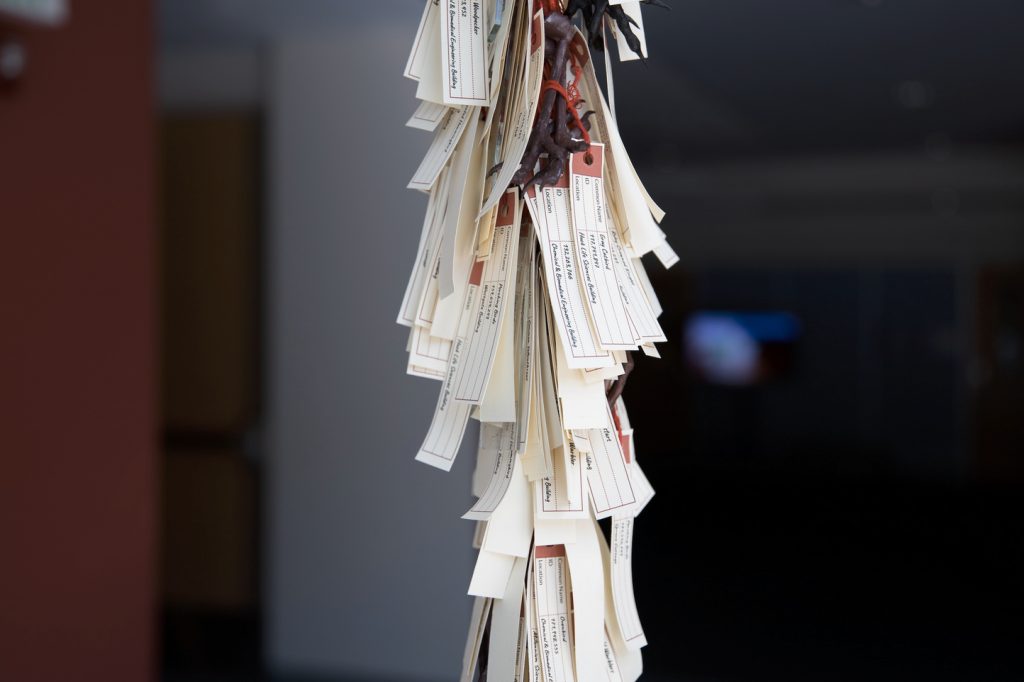
Exhibition to showcase art and science collaborations
Penn State News: Arts and Architecture
"Synergies in Art and Science," an art exhibition showcasing collaborations at the intersection of microbial science and artistic innovation, will be on display at the Penn State College of Arts and
Architecture's Borland Project Space, located in 125 Borland Building,
from Oct. 28 to Nov 15. Continue reading...
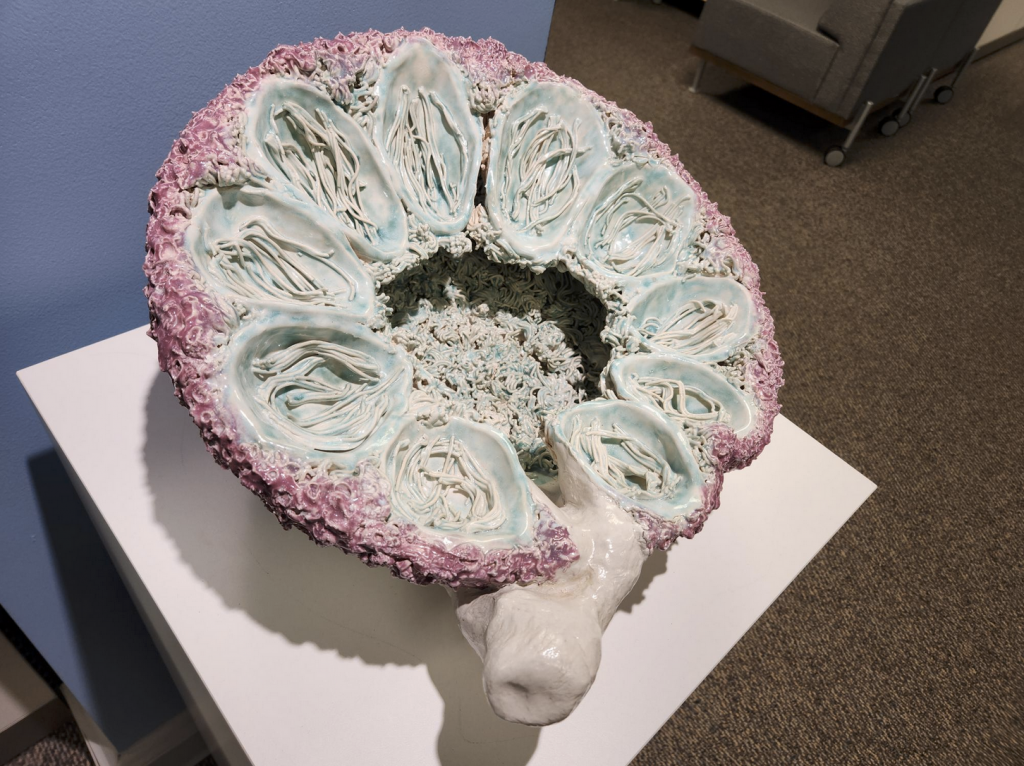
'Research Art Collection' showcase in Old Main
Penn State News: Research
The Office of the Senior Vice President for Research at Penn State hosted an open house for the “Research Art Collection” on April 25. The collection showcases the fine balance between art and research through various displays. From cassowary bird scans to bio-manufactured fashion to sustainable architecture, these works are featured in several different dimensional formats, including digital, print and 3D. Continue reading...
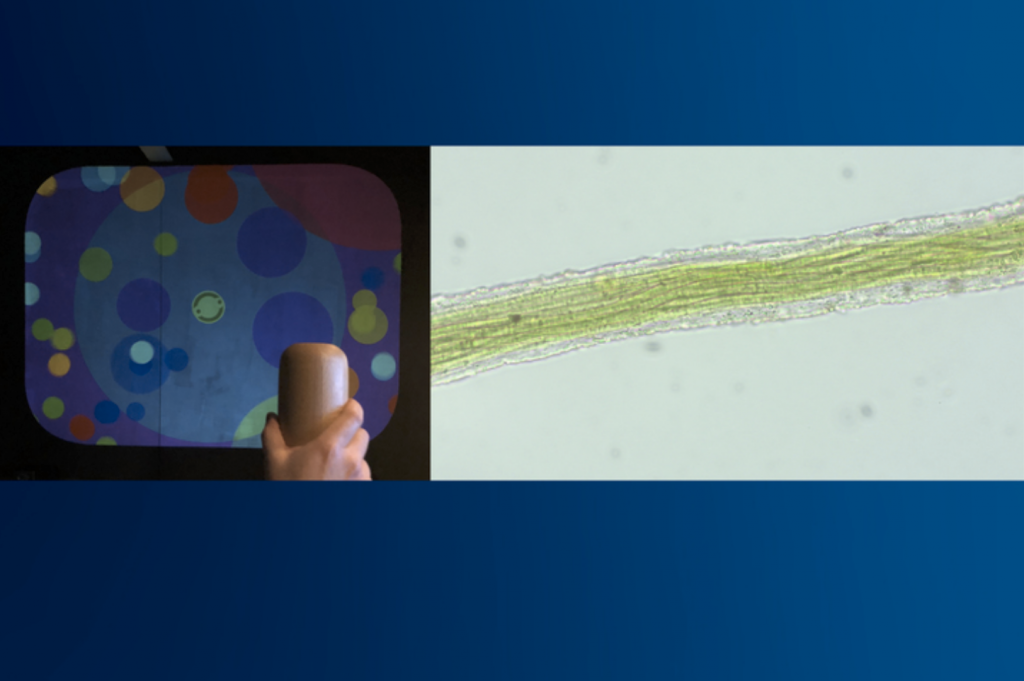
Exhibition showcases art and science collaborations
Penn State News: Arts and Architecture
An art exhibition showcasing recent collaborations in art and science will be on display in the Huck Life Sciences Building on May 30 and May 31 in conjunction with the One Health Microbiome Center Biennial Symposium. Continue reading...
Faculty Working in Microbiome Art
Daryl Branford
Director of Science-Art Initiatives
Daryl Branford is the Director of Science-Art Initiatives at The Huck Institutes of the Life Sciences, where he incorporates 3D visualization, spatial design, sound synthesis and live performance to bring research to life. Branford’s years of experience as a multi-instrumentalist musician and artist enables him to explore relationships within the arts and sciences. Daryl investigates the vast, and often untapped, patterns inherent in scientific data, and translates these into interactive user experiences and 3D visual/sonic representations. These fully immersive encounters offer new ways to understand and interpret data. In turn, he uses the data as a framework to expand the capabilities of technology, art, and design to communicate scientific concepts, creating a symbiotic relationship between art and science.
Mary Ann Bruns
Professor of Soil Microbiology and Biogeochemistry; Faculty-in-Charge of Microbiome Sciences Dual-Title Degree Program
Compositions and functions of microbiomes in agriculture, ecological restoration, and engineered systems for ecosystem service provision and climate change adaptation
Estelle Couradeau
Assistant Professor of Ecosystem Science & Management

